|
Dudley
College of Technology
Building work on the
Dudley and Staffordshire Technical College
was finally completed in 1948, with the
opening of the Engineering Workshop. The
origin of the college can be traced back to
1862 with the building of Dudley Public Hall
and Mechanics Institute, which provided
technical, recreational and vocational needs
for students. In the mid 1890s the
Lancastrian Board School in Stafford Street
was acquired to provide additional
accommodation. This became known as Dudley
Technical School.
The premises proved to
be quite unsuitable and so in 1918 an
agreement was made between Dudley and
Staffordshire Education Committees to build
a new college to provide technical education
facilities for Dudley and the surrounding
area. In 1927, five acres of land between
The Broadway and Castle Hill was given by
Dudley Council and a design for the new
building was soon produced. It was to be
called Dudley and Staffordshire Technical
College and would be built at a cost of
£136,000.
Funds were in short
supply, only £77,500 was available and so
the governors decided to build only part of
the building, leaving the remainder until
later. The plan was to build the ground
floor and lower ground floor, along with a
small part of the first floor, but leaving
out the assembly hall and the gymnasium.
Building work did not begin until May 1931,
after a tender for £74,177 had been
accepted. Luckily the Miner's Welfare
Committee contributed a further £6,000 and
extra funds were found to build the
octagonal assembly hall.
The first students were
admitted in September, 1935 and the college
was officially opened by Earl de la Warr, in
March 1936. The College’s first principal
was Arnold W. Gibson. In 1937 a Junior
Technical and Commercial School was
established there and at the outbreak of
war, the college began training RAF radio
operators and educating air crew.
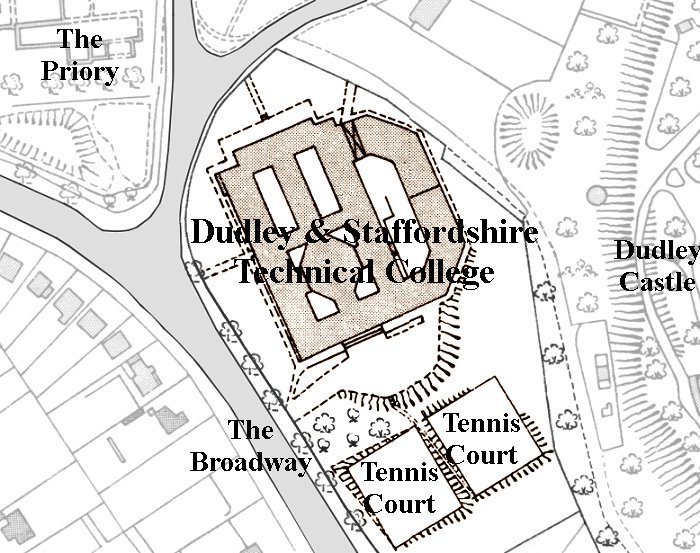
The college in the
late 1930s.
After the war, building
work started on the engineering workshop,
which was completed in 1948. The college
then opened new departments of mechanical,
structural and electrical engineering, along
with a department of 'women’s subjects'.
Expansion continued in 1949 with an extended
engineering workshop encompassing metrology
and a fitting shop. It was extended again in
1955 to include an electrical installation
workshop, a soil mechanics laboratory and a
craft science laboratory.
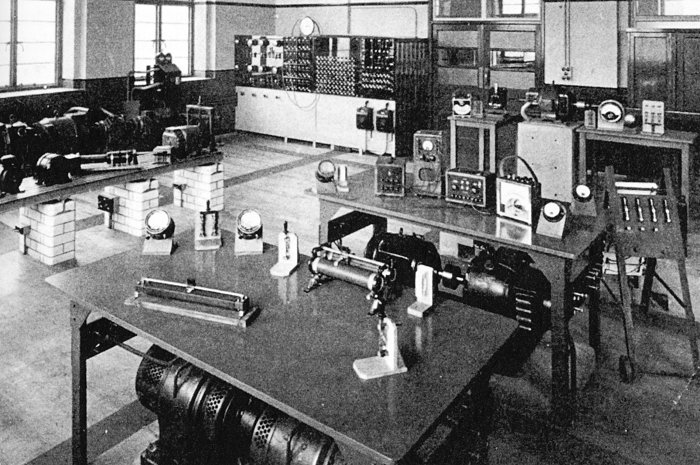
The electrical
engineering laboratory in the late 1930s.
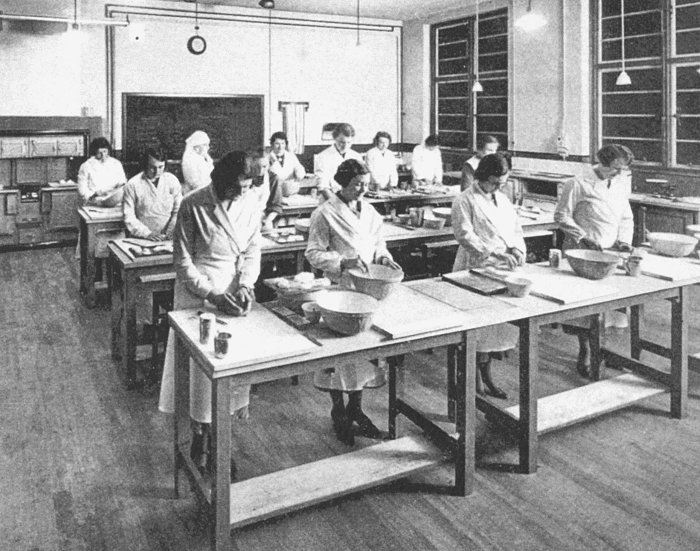
A cookery lesson in
the late 1930s.
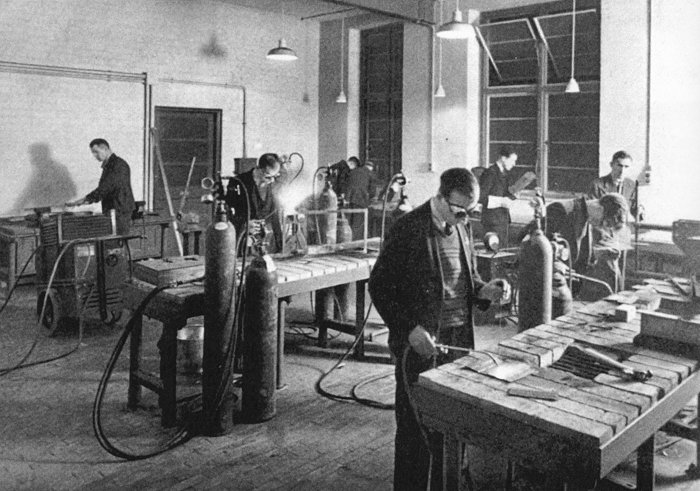
The welding shop.
In 1966,
as a result of the local boundary changes,
the joint administration by Staffordshire
and Dudley came to an end and the college
became the sole responsibility of the local
authority in Dudley. The college was renamed
Dudley Technical College and since that time
has continued to grow and invest in the
latest technology.
In 1968 the entrance
foyer was completed along with the board
room, more offices, classrooms,
laboratories, an extended student refectory
and motor vehicle, electrical and hydraulic
laboratories. In 1972 the college medical
service was formed and a glass centre at
Brierley Hill Annexe was officially opened
in 1973.
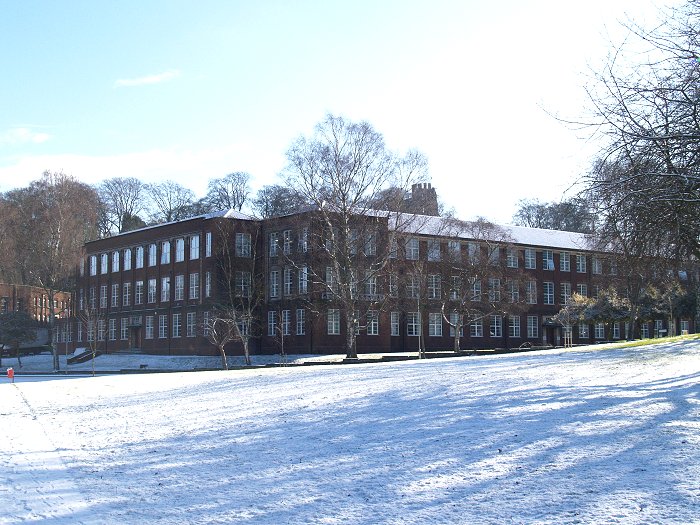
The college in 2006.
Expansion continued in
the fields of computing and community care.
Courses began to feature computing,
microprocessors and robotics. Art courses
began on The Broadway site in 1979 and the
college became Dudley College of Technology.
In the 1980s an information technology
centre opened along with an open access
practical training unit. There were
vocational courses in engineering, business
studies, hairdressing and secretarial work.
The choices for students were almost
endless.
The college has greatly
expanded in recent times, with many new
sites in Dudley and the surrounding area. It
has been extremely successful and offers an
excellent pathway to higher education. It
has been rated as ‘outstanding’ by Ofsted.
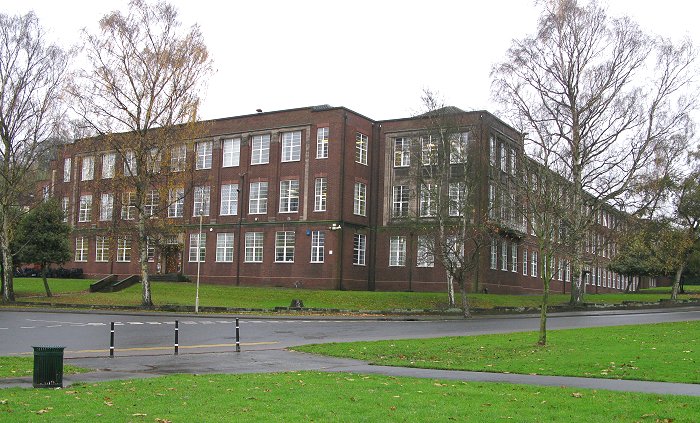
A final view of the
college. |